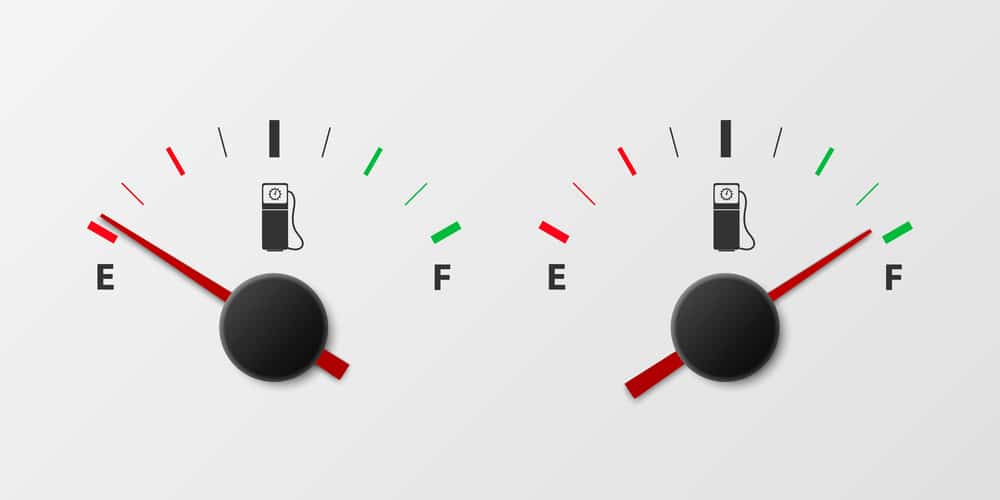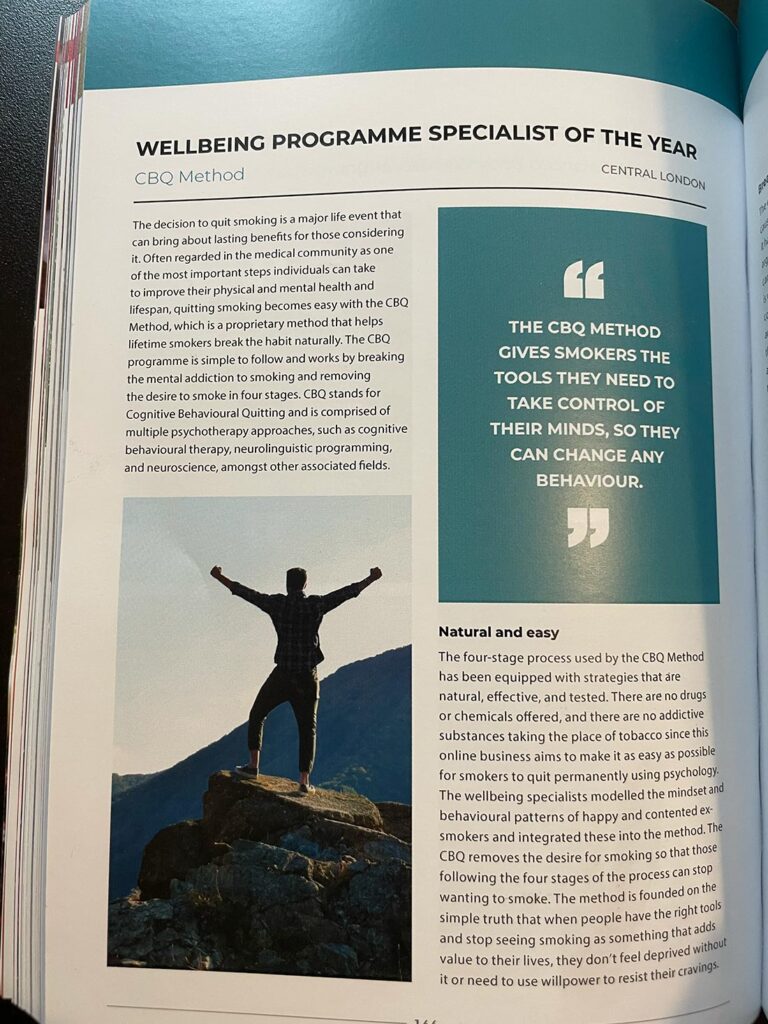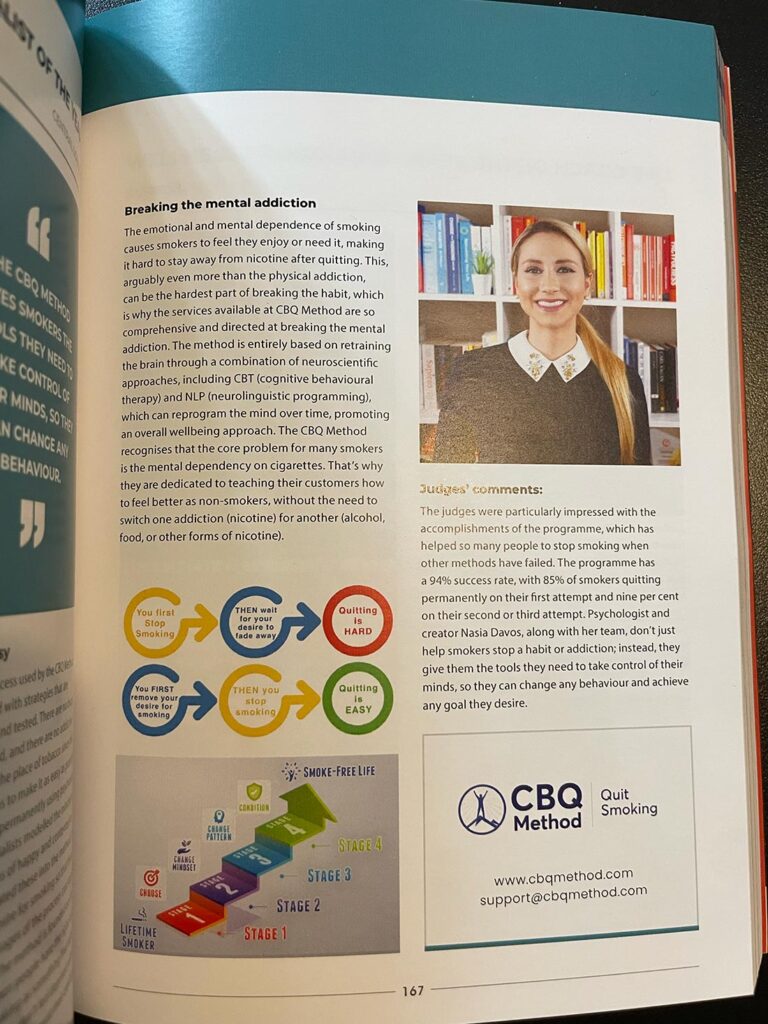Imagine you’re at a bustling airport. Your flight is delayed, your phone battery is critically low, and the only available charging port is being monopolized by a man who seems to be conducting a movie marathon on his tablet, without headphones. The noise of the crowd and constant announcements combined with the frustration of your situation is causing a wave of stress to build inside you, and ALL you can think about is having a cigarette. What do you do?
Some of our biggest worries and most challenging moments in quitting smoking revolve around stress and anxiety. It feels like an uphill battle when you’re trying to shake off a craving while dealing with a whirlwind of emotions.
But what if I told you that there’s a simple strategy that can help you manage stress and anxiety effectively, and it’s so discreet you can do it anywhere, anytime? In this article, I will show you why it pays off to manage stress as a non-smoker, the biggest lie ever told about cigarettes as a stress aid, and how to relax in 3 minutes or less.
Why It’s Important to Relax Without Cigarettes
Imagine being able to navigate the stormiest days of your life, without ever having the need to reach for a cigarette. Picture the sense of control you’d feel, being able to manage your stress and anxiety naturally, on the spot, without the need to light up. This isn’t wishful thinking; it is the reality of many people (all non-smokers and many ex-smokers), and it can be your reality too. Being able to relax without cigarettes would not only help to improve your physical health but also your mental health – your sense of personal empowerment and emotional well-being.
Being able to manage stress without cigarettes means breaking free from the shackles of nicotine dependency. No more stepping outside for a smoke break in the middle of a family dinner, no more panicking when you’re out of cigarettes, and no more guilt or worry about the harm you might be causing to your health. Most importantly, you’d no longer be relying on an external substance to manage your internal state. Instead, you’d be self-sufficient, using the natural resources within you to feel calm and grounded.
In essence, learning to relax without smoking, vaping, or nicotine patches is about creating a healthier, happier lifestyle where you are in the driver’s seat, not nicotine.

Does Nicotine Help with Anxiety?
Often, we turn to smoking as a quick fix to manage stress or anxiety, but do cigarettes really help us relax, or do they increase our stress?
The biggest reason behind the relaxing effect you experience when smoking a cigarette has nothing to do the cigarette itself; it’s all about the change in your breathing pattern. Our breathing patterns are closely linked to our emotional states, research shows. When we’re stressed, we breathe faster and shallower. When we’re relaxed, our breathing becomes slow and deep. It’s a universal human response. Therefore, by consciously altering our breathing pattern, we can reduce physiological and psychological stress.

Why Smoking Seems to Relax You: The Truth Nobody’s Telling You
Imagine this:
You’ve had a tough day at work – a seemingly never-ending deluge of emails, meetings, and deadlines. You’ve just wrapped up a particularly grueling meeting, and your mind feels all over the place. To find some relief, you escape to the outdoor smoking area and reach for a cigarette in your pocket. As you put the cigarette between your lips and flick the lighter, you draw in a deep, slow breath, pulling the smoke into your lungs.
You hold it there for a moment, then exhale slowly, watching as the smoke disperses into the air. Almost instantly, a wave of calmness washes over you. The tension in your body eases, your racing thoughts slow down, and for a moment, you feel at peace.
Here’s the twist:
It wasn’t the cigarette that brought on this feeling of calm. It was the change in your breathing. By drawing in that deep breath to take a puff, and then slowly exhaling, you inadvertently shifted your breathing pattern from fast and shallow (signal of stress and anxiety) to slow and deep (signal to relax).
It’s a classic case of mistaken identity. The cigarette, being a visible prop in this calming routine, takes all the credit for the relaxation you feel. However, in reality, it’s the change in your breathing pattern that’s the true star of the show. The cigarette was merely a distraction. By breathing deeply and slowly, you naturally induced a state of calm within yourself, but the cigarette appeared to be the aid.
That’s why the first few puffs of a cigarette (or the first couple of hits from your vape) is what seems to relax you the most – your breathing pattern has just changed! That’s also why some people quit smoking and experience shortness of breath or anxiety. Some ex-smokers even claim they used to breathe better as smokers. It’s because, as smokers, we unknowingly rely on cigarettes to force us to breathe deeply (otherwise, the smoke doesn’t go down), so when we quit, we forget to breathe! That’s it. Thankfully, this problem has an easy fix once you’re aware of it. All you have to do is breathe deeply, on purpose, without cigarettes.
Yes, you can relax just as much – even more – without breathing in smoke, but by breathing in pure air!
Now enough with all the theory, let’s put this to the test! If you prefer to watch, I take you through the exercise, watch the video after minute 4.
Step by Step Deep Breathing Exercise
Below is one of my favorite deep-breathing exercises from The CBQ Program, known as “Breathe It Out” or “5-6-7”.
Step 1. Interlock Your Fingers: Start by interlocking your fingers and place your hands on your belly, just above your belly button.
Step 2. Inhale Deeply for 5 Seconds: Slowly breathe in for a count of five seconds. You should feel your belly pushing your hands outward.
Step 3. Hold Your Breath for 6 Seconds: After inhaling, hold your breath for six seconds.
Step 4. Exhale Slowly for 7 Seconds: Gradually exhale for seven seconds. You should feel your belly sinking back towards your spine.
Repeat. 5 – 6 – 7.
Repeat this process as many times as you need until you start to feel totally relaxed. It goes without saying that if you can’t hold your breath for 6 seconds or exhale for 7, you can modify the timings to suit you. Just make sure the out-breath is equal or longer than the in-breath.

The beauty of this exercise is its simplicity. You can practice it anywhere, anytime, without any specific tools or props. Over time, this exercise can serve as a healthier alternative to reaching for a cigarette when you’re feeling stressed or anxious.
Now, picture this alternative scenario:
It’s the end of a looong day, you’re at home, and you have a lot on your plate. As the stress and anxiety rise, you consciously tune into your breath. You realize it’s becoming a fast and shallow chesty breath. This is your cue. Instead of reaching for a cigarette, you decide to change your breathing pattern. You close your eyes and take slow, deep breaths. 5-6-7, 5-6-7.
With each deep breath in, you imagine drawing in peace and calm. With each long exhale, you envision stress and tension leaving your body. This simple yet powerful act helps slow down your racing heart, quiet your busy mind, and ease your tense muscles. In just a few moments, you start to feel a sense of relaxation wash over you.
Suddenly, you realize that you’ve tapped into a natural calming mechanism within you, and that the ability to manage stress and relax was with you all along.

Conclusion
Deep breathing can be a game-changer in your journey to quit smoking. By mastering this simple exercise, you can manage your cravings and stress without relying on cigarettes. So the next time you feel a strong urge to smoke, take a moment to pause and breathe.
For more effective quit-smoking strategies and guidance on your quit-smoking journey, check out the Cognitive Behavioral Quitting (CBQ) Method and get started at startcbq.com. You, too, can harness the power of psychology to quit smoking naturally. All it takes is the first step.
*This content is the intellectual property of the CBQ Method™








